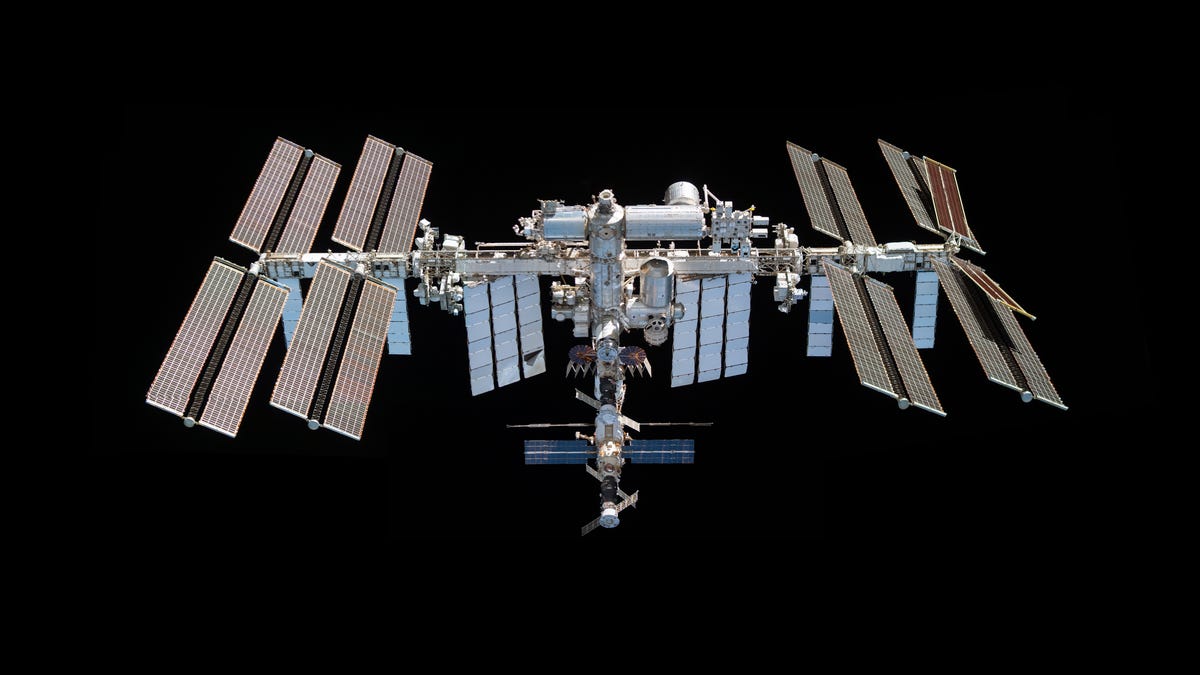
Two former space agency leaders called for the International Space Station to be preserved for future generations in an open letter published earlier this month. SpaceX is currently slated to scrap the station by 2030 in a controlled deorbiting, a technical way of saying it will just crash the ISS into the ocean. NASA is paying $843 million to Elon Musk’s private space venture to do the honors.
Former NASA Administrator Michael Griffin and former ESA Director-General Jean-Jacques Dordain believe that the ISS should not be discarded because of the time and resources poured into its construction. The pair stated that the station cost $100 billion. Their open letter in SpaceNews outlined their alternative:
As lifelong space professionals who have worked together from different positions in ESA and NASA on the redesign, assembly and operation of the ISS, we fully share the objective to cease ISS operations at the end of the decade, but we believe that destroying it would be a pointless loss for the future. We propose instead to preserve the value of the ISS by placing it into a higher orbit for future generations to decide how best to make use of the 450 tons of hardware already in space. We believe that the ISS will provide the cheapest half-kiloton of in-space resources to which the human race will ever have access.
More specifically, the idea would be to use SpaceX’s U.S. Deorbit Vehicle to push the ISS into a higher orbit. There isn’t a clear indication of what the station could be used for, but it wouldn’t be this generation’s decision to make. NASA is moving on with more ambitious aims for Gateway, its next space station. The new structure will reside in lunar orbit and support the Artemis program, NASA’s ongoing crewed lunar exploration project.
The ISS might have only six years left to live, but they won’t be uneventful. Two additional astronauts are currently stranded on the station alongside the typical permanent contingent because Boeing’s newest spacecraft is laden with bugs. The Starliner’s test crew will remain on the ISS until engineers on the ground analyze data, test fixes, and feel confident enough that the craft can return to Earth safely.

